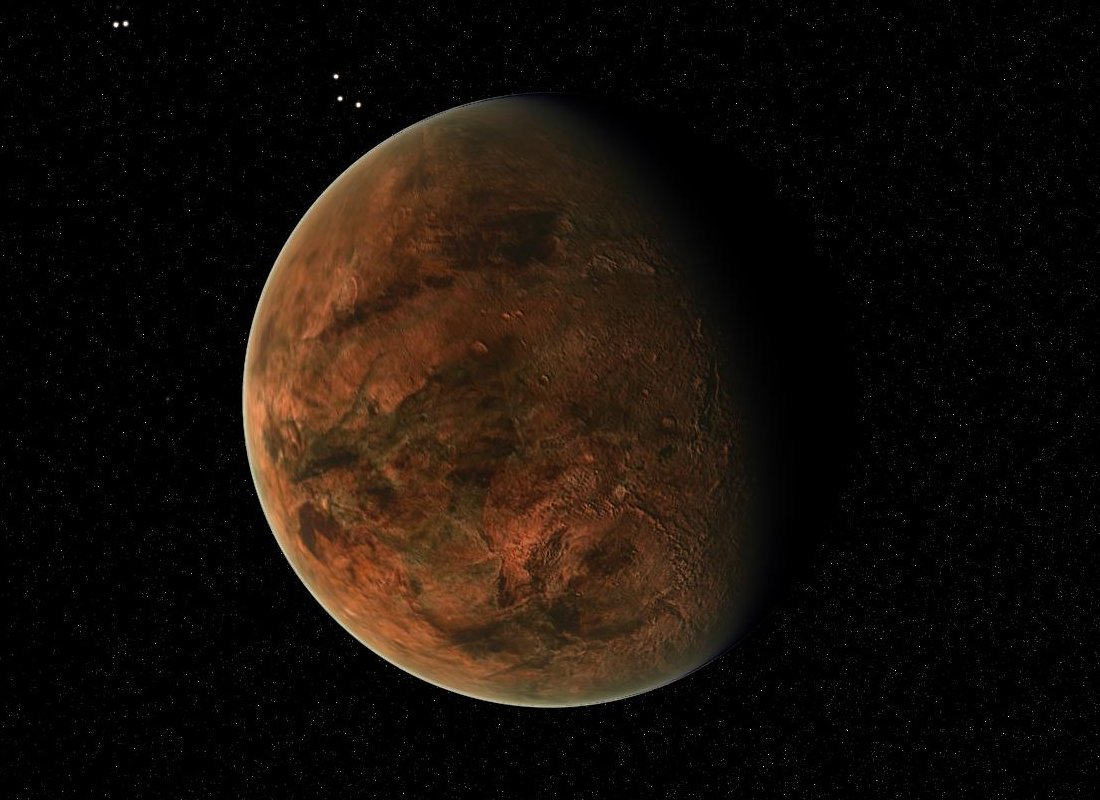© 2000-2025 - Enkey Magazine - All rights reserved
ENKEY SNC - VAT ID IT03202450924 / REA Code CA253701 - Phone. 078162719
The astronomous discovered a glacial exoplanet three times bigger than the Earth’s mass, which is in orbit around a star only six light years away.
The star is the Barnard‘s one, the closest lonely star to our sun. This discovery arise so the second closest exoplanet to Earth.
The exoplanet is been find after joined together 20 years of datas, between which there are 771 measurements, from seven different instruments.
For years, the astronomous believed to be able to find a planet that orbits around a star really close to the Earth.
Paul Butler, one of the author of the study and astronomous of the Carnegie Institution for Science, claimed, “The Barnard’s star was the key to the planet’s hunting“.
The Barnard’s star
The red star of Barnard emits only the 0,4% of the brightnees of our sun, so the planet that orbits around it receive around the 2% of the radiant intensity that receives the Earth. This because the Barnard’s star is in the class of the red dwarf star, and so it is coldest than our sun.
Furthermore, the Barnard’s star is even an old star, which is above our solar system. The Barnard’s star is the closest star to us and it is the star with the biggest personal movement compared with every nowadays known star.
The planet has an orbital distance from the Barnard’s star due to be allocated in the “snow line” of the same star.
So we can understand how the low radiation felt from the Barnard’s star, the consequential low temperature and the position of the exoplanet relative to its star, aren’t the right conditions for the presence of life on the new planet.

The ice planet
The planet, known as Barnard’s Star B, is feebly lighted from its star and even coldest than Saturn. The researchers believe that it is a real frozen desert without the presence of liquid water.
Barnard’s Star B results so an environment where the medium temperature of the surface is lowest than -100 °C.
Even, in the years ’30, the american-dutch astronomous Peter Van de Kamp started a research to study the Barnard’s star that was almost his whole life long.
His studies claimed that a planet could enter in orbit around the Barnard’s star but his theories were completely refuted. Peter Van de Kamp died five months before a discovery about an exoplanet, in May 1995.
Peter Van de Kamp is considered the founder of the studies about the exoplanets, and the astronomous already understood that around the Barnard’s star, could orbit an exoplanet.

The discovery
It is the first time that an exoplanet so small and remote from its star was revealed using the radial velocity technical.
This method is sensitive to the mass of the exoplanet and it measures the changing in the speed of the star around which it orbits. The instruments of radial velocity can be used to notice small oscillations in the orbit of the star caused by the planet’s gravity.
“I think that this discovery shows the power of the radial velocity technical to notice small planets, through an observation of long periods, that are much more difficult or impossible to notive with missions like Kepler and TESS, that are focused on the research of exoplanets in transit in shorter orbital periods” says Johanna Teske, of the Carnegie Institution for Science.
“This study represents a wonderful example of cooperation and coordination between more team and multiple set of datas, what not always happens with success in the extrasolar research: it is only by combining the datas and cooperating that this detection was possible“.
Due to its closeness to our solar system and its long orbit, future missions and new telescopes will be able to give new informations about Barnard’s Star B.
According to Johanna Teske: “The future spacial telescope like the WFIRST could be able to observe the reflexed light from the Barnard’s star compared to the planet, and so to say something about the composition of the surface and/or of the atmosphere of the new planet”.

This post is also available in:
 Italiano
Italiano


